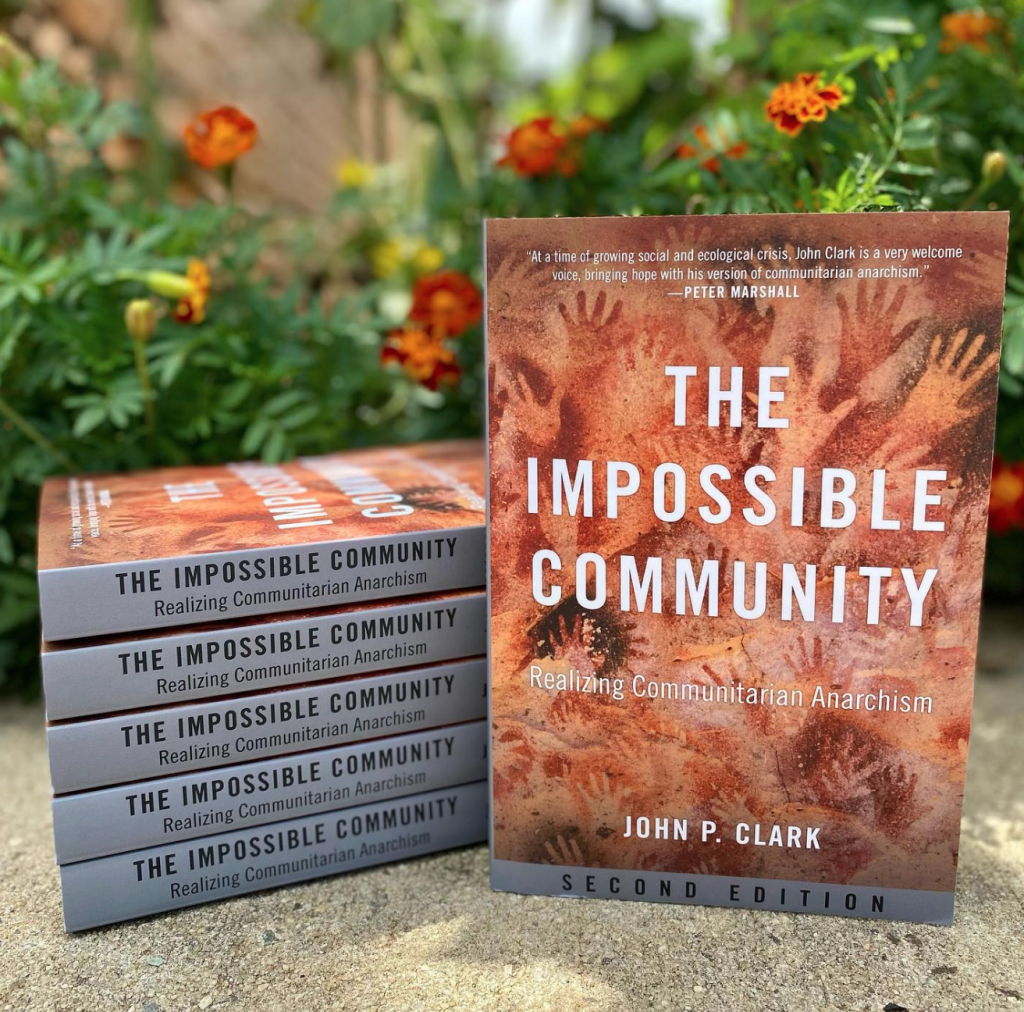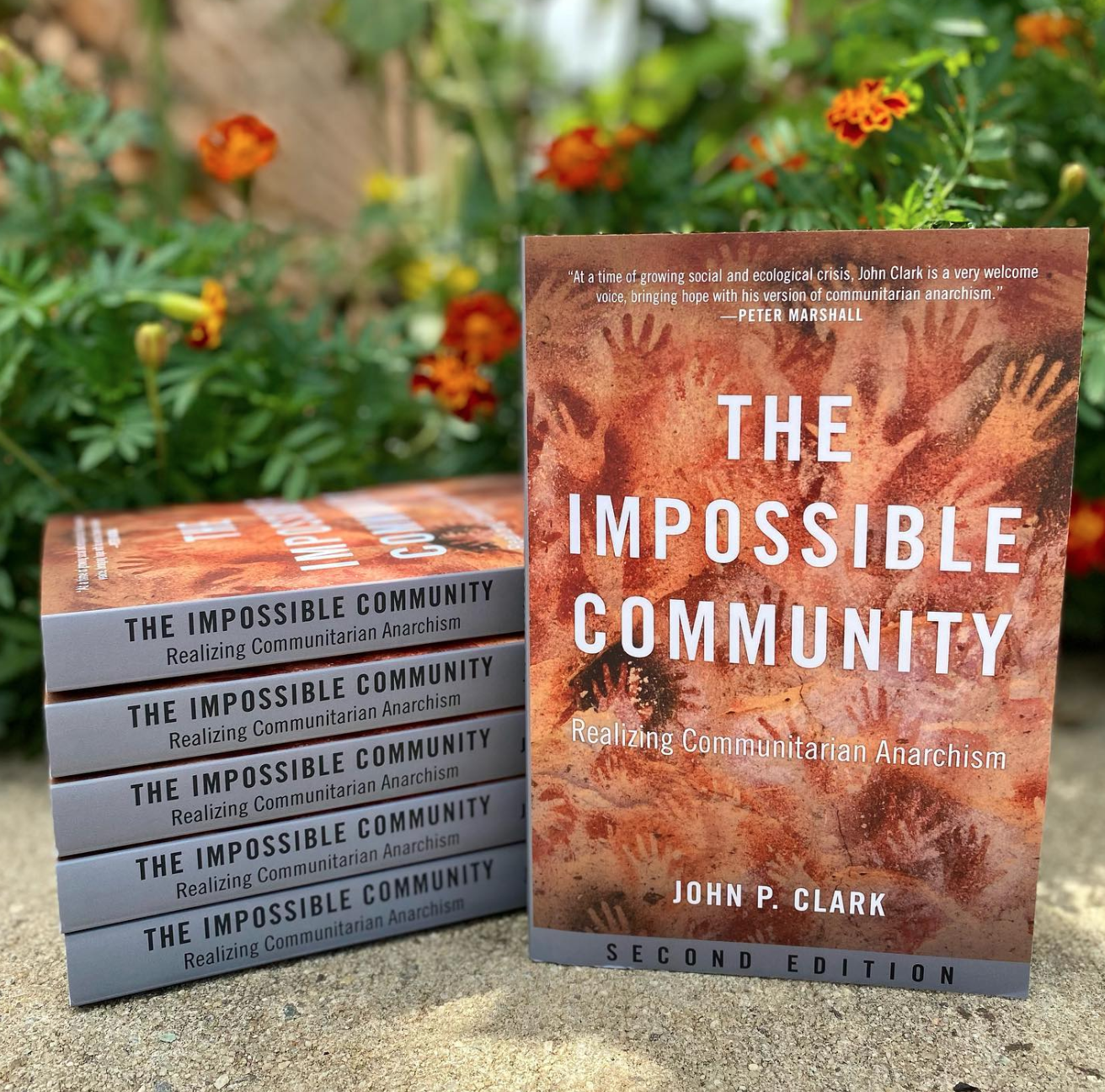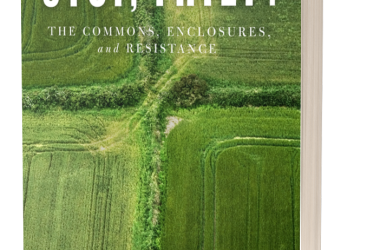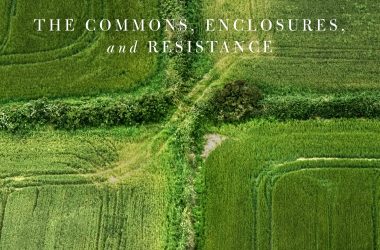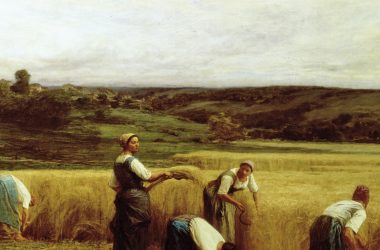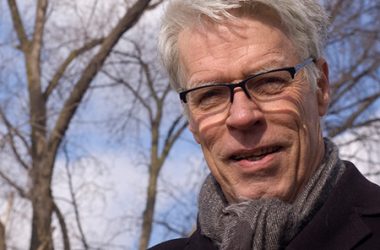By Peter Linebaugh
New Orleans is on a level with the estuary of the Mississippi River, which drains the central third of the North American continent, or Turtle Island. As such it is a liminal zone between land and sea and between salt and fresh waters. It has more in common with Caribbean islands than with Appalachian highlands. As a port New Orleans is a place whence the wealth of centuries of slave labor is globalized. Geologically it is proximate to petroleum and its attending social violence. From these contradictions African American jazz, Walt Kelly’s swamp critter Pogo, and Nelson Algren’s A Walk on the Wild Side have come, as well as John Clark’s book The Impossible Community. They do not dwell on race or class; these laden categories are assumed.
The first thing to say is that Clark is a remarkable political theorist and deeply learned in classical European philosophy. The second thing to say is that Clark is adept in Asian spirituality, some elements of which he practiced in Indian ashrams, others he absorbed from classical Buddhism. The third thing to say about this book and the experiences that lie behind it is that it is grounded. I say this in the simple sense that when New Orleans was flooded in 2015 he sought dry ground and gained it with others by creating community, creating it on the “turtle’s back,” so to speak. It is grounded in another sense too, a philosophical sense, which says that praxis is theory’s foundation.
These three—political theory, spirituality, and praxis—are combined in a rigorous form of anarchism. Clark is closely familiar with anarchism’s nineteenth-century exponents such as Godwin, Bakunin, Reclus, Kropotkin, Emma Goldman. With that foundation he is an ardent and persuasive polemicist within twentieth-century anarchist debates. However, he is not casuistic exegete clinging purely and correctly to the texts of the past. His thought is powered by imagination whose highest aspirations in the twentieth century have been expressed by Ursula K. Le Guin, Gary Snyder, Ernst Bloch, Starhawk, and Franklin Rosemont, who were all true practitioners of the dialectics of utopia, that place of “no place.”
“Anarchism” as a brand is often set against ‘Marxism’ as another brand (the black flag versus the red flag), but there is more to them than that. They aim at the impossible community.
During the first great European bourgeois revolution when in the midst of the civil war between Oliver Cromwell’s roundheads and King Charles’s cavaliers the struggle within the plebeians and proletarians first emerged with a strategic agenda of its own, which was autonomous from service to either the bourgeoisie or the aristocracy. The Leveller party favored petitioning government. They argued for human rights restricting state power and for a near universal adult male franchise to represent them in Parliament, and they did this at a revolutionary moment just after the King had been decapitated.
In contrast to them the Diggers in the same month having served in the wars and getting nothing out of them went to George’s Hill in Surrey and planted simple seeds with simple deeds expressed in archival simple spelling, “parsenipps, & carretts, & beans.” The Diggers believed that the earth was a common treasury for all and acted accordingly. Theirs was direct, prefigurative action. The first to lift a spade in this endeavor was William Everard, who believed himself to be a prophet. The first to record the experience and indeed whose revelations had helped inspire it was Gerrard Winstanley (“The earth is a common treasury for all without respect for persons”). They attempted to make the land a commons by the method of commoning (“Work together, break bread together”). Their spirituality was in the real world—heaven on earth here and now—in contrast to the spirituality of the enclosed world that looked to the hereafter, or pie in the sky.
Oliver Cromwell changed the kind of government from kingdom to commonwealth, which was a far cry from a commons and instead became an even greater imperial menace to Ireland, Africa, and America. Meanwhile the Levellers and the Diggers were scattered to the winds. Yet, the ideal of “all things in common” persisted as did the strategic struggle between those working within the system and those without it. We can see that struggle down the ages to the present time: How to attain the impossible community, directly or indirectly? How to build the bridge between reality and imagination?
Beyond the egoic consciousness Clark sees an axial revolt against domination and the mega machine, a revolt against masculinist correctness and abstract moralism. He searches for the miraculous, the marvelous, the extraordinary in the heart of the ordinary. Amid disaster the personal quest leads inevitably to the collective endeavor. Personal transformation arises only in social action; it is the “unbridgeable chasm,” yet spirit flies across it in an inkling.
Clark begins with “the ruthless critique of all things existing” or the system of domination. The meaning of community and the mysteries of spirituality are mixed, often in a fourfold way. Clark sees four structures that he names the institutional, the ideological, the imaginary, and the ethotic. The critique of institutional structures might include economic supply chains or the distribution of economic goods. The social ideology will include the propaganda and the theory of neoliberalism and state power. The social imaginary is composed of dominant myths, fantasies, and desires. The social ethos includes the habits, gestures, and language of everyday. Where might we put the mode of production? Where might we put white supremacy? We might think of aspects of each in all four. The setting of social action for Clark, where he finds the base, is not shop, mine, office, or mill, but the neighborhood, the notional family, the collective. The microecology of small communities, grassroots organizing.
Winstanley, too, had his quartet of power, a critique based on biblical prophecy. Not long after the Diggers had been violently expelled from the commons, Winstanley wrote Fire in the Bush, in which he analyzed the domination system in figures of four huge beasts which Daniel had dreamed about in Babylon. A fourfold power is idolized—the imaginary teaching power (iron teeth), the imaginary kingly power (a lion), the imaginary judicature (a bear), and the imaginary art of buying and selling (a leopard). James Holstun, the University of Buffalo critic, summarizes these allegorical symbols as modernist abstractions—religion, civil politics, law, and economy.
The first had iron teeth and bronze claws and was most fundamental; it is the power of ministry, of ideas, of imagination where inward pride, selfishness, and hypocrisy rule. It was the most dreadful because it uses outward teaching power to put out the eyes of mankind, telling them that their vision is flawed and therefore they must rely on experts. All others depended on this false consciousness.
The second is the lion, or, the power of the sword, conquest, “murder and theft, treading others under foot” and ruling “over the labors and bodies of others.” This is the military-industrial complex with the practice of war and exploitation.
The third is the criminal justice system, “the power of whipping, banishment, and confiscation of goods” or “the power of hanging, pressing, burning, martyring.” It includes judges and lawyers.
The fourth figure is the leopard who symbolizes the “buying and selling of the Earth, with the fruits of the Earth.” It might be called commerce. It bears the false name of “progress” or “development.” It is global extraction, open-pit mining, mountaintop removal, deforestation, fishery depletion, and species extinction.
For Daniel the defeat of these huge beasts was the prelude to the transfer of sovereignty and kingly power to the people.
A leading twentieth-century Marxist and a founder of ecosocialism was Joel Kovel. He divides spirit into five: spirit as vital force, as occult being, as authentic spirit, spirit and desire, and divine spirit. Kovel’s investigations of Freudian psychology, Marxist materialism, and Christian theology prepared him theoretically for his major practical intervention, a socialism for the earth, ecosocialism. Kovel was inspired by William Blake, the London artisan and poetic prophet, who two hundred years previously had written,
Now I a fourfold vision see,
And a fourfold vision is given to me;
’Tis fourfold in my supreme delight
And threefold in soft Beulah’s night
And twofold Always. May God us keep
From Single vision & Newton’s sleep!
Perhaps Blake was encouraged by Thomas Boston’s book Human Nature, in Its Four-fold State; of Primitive Integrity, Entire Deprivation, Begun Recovery, and Consummate Happiness or Misery . . . a popular work of theology which went through at least two dozen editions in Britain between 1720 and 1800. In it the spirit of the individual human being passes four stages of life—innocence, sin, confession, and forgiveness. For Blake the single vision was the enclosed world of five senses, an empiricism that negated imagination as well as many other senses. Furthermore, for Blake, like Winstanley and Clark, human nature was not separate from human society. They were not individualists. Self, to them, was an ensemble of social relations.
Placing them chronologically in single-file, like a philosophical lineup in the baseball dugout, we’d find that behind John Clark is Joel Kovel and behind Kovel is William Blake. Behind Blake is Gerrard Winstanley. Behind Winstanley is the prophet Daniel, the “cleanup” position, so to speak. It is a batting order, or genealogy, which is misleading as if transmission were from man to man when in actuality the thought of each arises from encountering the commons, that is, the ground where laboring collectives maintained by women prevail. That the thought is then distilled in four, as if quarters of a whole, may be whimsical or it may be wise, it may be hermeneutics or it may be history. There is nothing magical about these fourfold descriptions. In answering a question on a final exam, every student must do something like it. We might consider them four points of the compass or, with Black Elk, think of them as four winds coming from the east, south, west, and north. Perhaps a quartet of coordinates in search of coordination is what Clark helps us bring to our actions in the real world.
